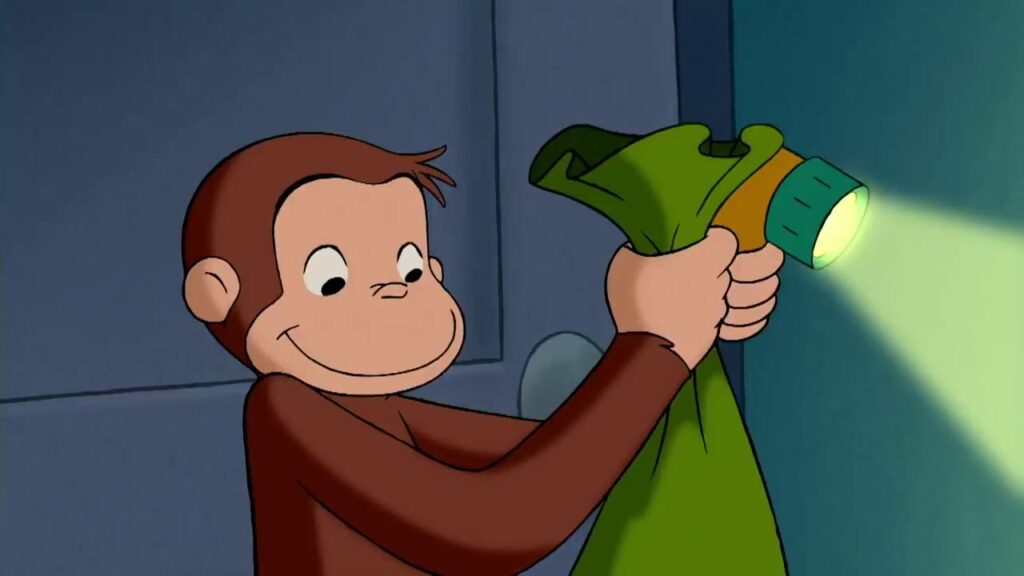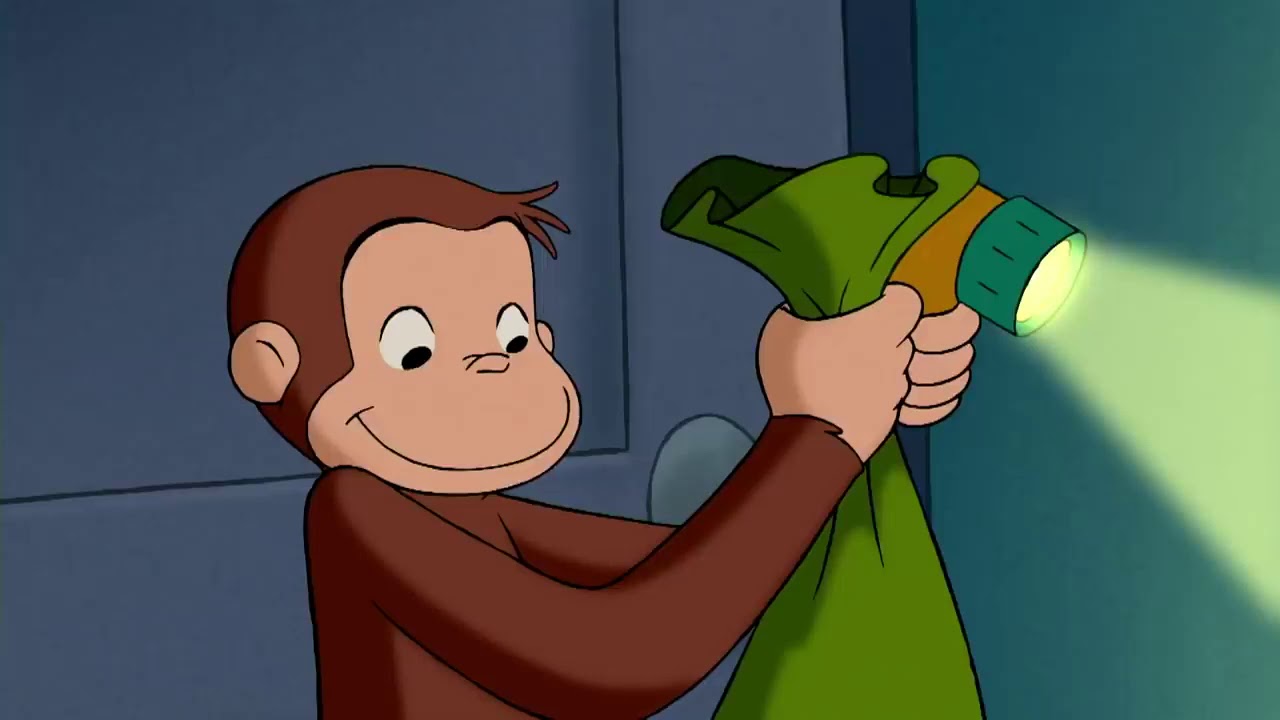
The Curious Case of Curious George’s Owner: Unraveling the Mystery
Curious George, the mischievous monkey beloved by generations, has captivated audiences with his boundless curiosity and heartwarming adventures. But what about the man in the yellow hat, his steadfast companion and guardian? While George’s antics often take center stage, the identity and background of his owner remain shrouded in a degree of mystery, prompting much speculation and fascination among fans. This article delves into the curious case of Curious George’s owner, exploring his portrayal in the books and animated series, examining the potential inspirations behind his character, and dissecting the reasons why his identity is deliberately kept somewhat ambiguous.
Who is the Man in the Yellow Hat? A Closer Look
The man in the yellow hat, often referred to as simply “Ted” in some adaptations, is the primary caretaker and friend of Curious George. He’s depicted as a kind, patient, and adventurous individual who encourages George’s curiosity while gently guiding him away from potential trouble. His iconic yellow suit and hat make him instantly recognizable, and his calm demeanor provides a reassuring contrast to George’s impulsive nature. He is essentially Curious George’s owner and guardian.
In the original books by H.A. and Margret Rey, the man in the yellow hat is presented as an explorer who brings George from Africa to live with him in the city. He is often seen taking George on various outings, introducing him to new experiences, and helping him learn from his mistakes. While his profession is often implied to be related to exploration or zoology, it is never explicitly stated. This ambiguity adds to the character’s mystique and allows children to imagine their own interpretations of his background.
The animated series further develops the man in the yellow hat’s personality, often showcasing his resourcefulness and problem-solving skills. He is frequently seen interacting with other characters in the community, highlighting his social nature and his role as a contributing member of society. However, even in these more detailed portrayals, his personal life and past remain largely unexplored. The focus remains firmly on George and his adventures, with the man in the yellow hat serving as a supportive and grounding presence.
The Origins and Inspirations Behind the Character
The creation of Curious George and his owner is deeply rooted in the personal experiences of H.A. and Margret Rey. The couple, who were German Jews, fled Paris during World War II, carrying the manuscript for the first Curious George book with them. The character of the man in the yellow hat is often seen as a reflection of H.A. Rey himself – an adventurous spirit with a love for animals and a talent for storytelling. The yellow suit and hat may have been inspired by the Reys’ own travels and experiences.
Some speculate that the man in the yellow hat’s profession as an explorer or zoologist could be a nod to the scientific community’s fascination with primates during the early to mid-20th century. The capture and study of monkeys were common practices at the time, and the Reys may have drawn inspiration from these real-world events. However, it’s important to note that the books never explicitly endorse or glorify the practice of capturing animals from their natural habitats. Instead, they focus on the positive relationship between George and his owner, emphasizing themes of friendship, learning, and mutual respect.
It’s also worth considering the cultural context in which the books were created. The mid-20th century was a time of great social and political change, and the character of the man in the yellow hat may have represented a desire for stability and guidance in a rapidly evolving world. His calm and reassuring presence offered a sense of comfort and security to young readers, helping them navigate the complexities of the world around them.
Why the Ambiguity? Exploring the Narrative Purpose
The deliberate ambiguity surrounding the man in the yellow hat’s identity serves a crucial narrative purpose. By not defining his background or profession too specifically, the Reys allowed readers to project their own interpretations onto the character. This makes him more relatable and accessible to a wider audience, fostering a sense of connection and empathy. Children can imagine him as a teacher, a scientist, an artist, or any other profession that resonates with their own interests and aspirations. The focus stays on the relationship between Curious George and his caretaker.
Furthermore, the ambiguity allows the focus to remain squarely on George’s adventures. The man in the yellow hat serves primarily as a facilitator and guide, allowing George to explore his curiosity and learn from his experiences. By not overshadowing George with his own backstory, the Reys ensured that the monkey remained the central protagonist of the story. This narrative choice reinforces the themes of exploration, discovery, and the importance of embracing one’s curiosity.
The mystery surrounding Curious George’s owner also adds a layer of intrigue to the stories. Readers are left to wonder about his past, his motivations, and his relationship with George. This sense of mystery encourages them to engage more deeply with the narrative, prompting them to ask questions and form their own interpretations. In a way, the ambiguity becomes an invitation for readers to become active participants in the storytelling process.
The Enduring Appeal of Curious George and His Owner
The enduring appeal of Curious George and his owner lies in their timeless themes of friendship, curiosity, and the importance of learning from one’s mistakes. The man in the yellow hat represents a figure of stability and guidance, providing a safe and supportive environment for George to explore his world. Their relationship is a testament to the power of patience, understanding, and the ability to embrace the unexpected.
While the mystery surrounding the man in the yellow hat’s identity may never be fully resolved, it is precisely this ambiguity that contributes to his enduring appeal. He is a character that readers can project their own hopes, dreams, and aspirations onto, making him a relatable and inspiring figure. And as Curious George continues to captivate audiences for generations to come, the man in the yellow hat will remain a beloved and enigmatic figure, forever linked to the mischievous monkey who stole our hearts.
The relationship between Curious George and his owner is at the heart of the stories. It is a bond built on trust, patience, and a shared love of adventure. The man in the yellow hat’s unwavering support allows George to explore his world with confidence, knowing that he always has a safe place to return to. This dynamic is a powerful reminder of the importance of strong relationships and the positive impact they can have on our lives.
Ultimately, the curious case of Curious George’s owner is a testament to the power of storytelling. The Reys created a character that is both familiar and mysterious, allowing readers to engage with the narrative on multiple levels. His ambiguity is not a flaw, but rather a deliberate choice that enhances the story’s themes and encourages readers to embrace their own curiosity. So, the next time you encounter Curious George and his faithful companion, take a moment to appreciate the enigmatic charm of the man in the yellow hat and the enduring power of their friendship. Curious George’s owner remains a key part of the magic.
The enduring legacy of Curious George and his owner is a testament to the power of simple storytelling. The characters’ relatable personalities, combined with their heartwarming adventures, have resonated with audiences for generations. The man in the yellow hat’s unwavering support for George’s curiosity serves as a valuable lesson for children and adults alike, reminding us to embrace the unknown and to never stop learning. The stories of Curious George and his caretaker are a reminder that even the simplest of tales can have a profound impact on our lives.
[See also: The History of Children’s Literature] [See also: The Impact of Animation on Childhood Development] [See also: Famous Children’s Book Authors]

